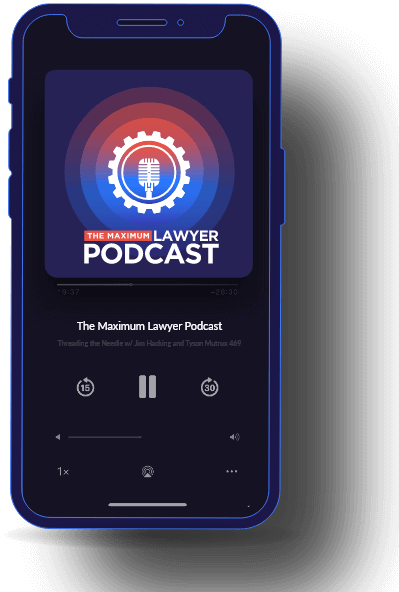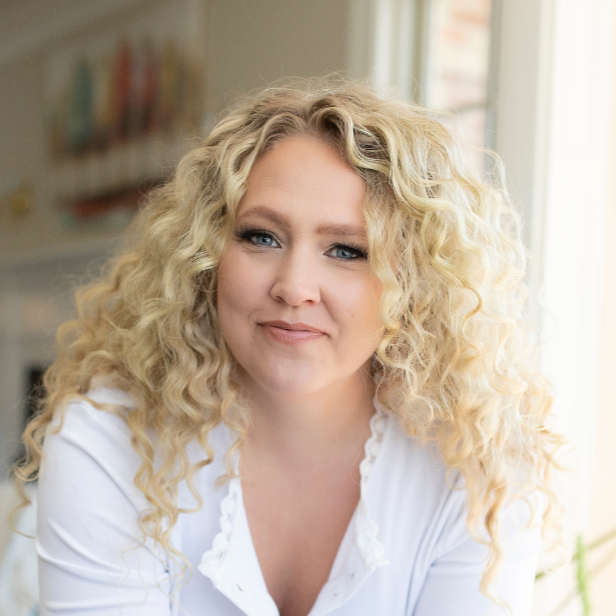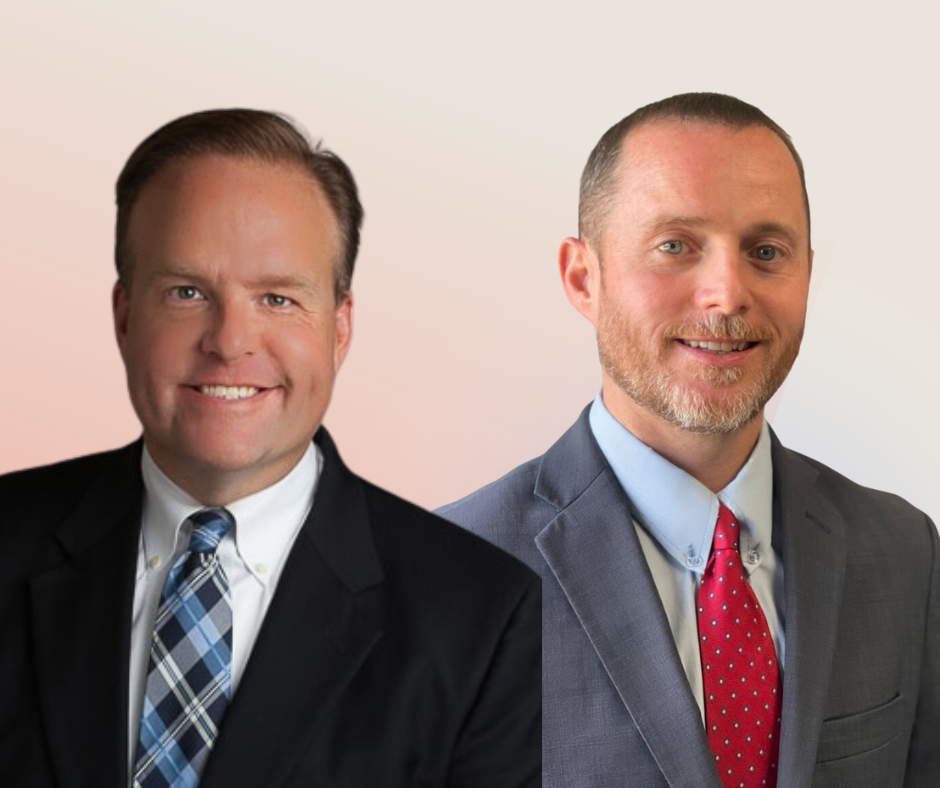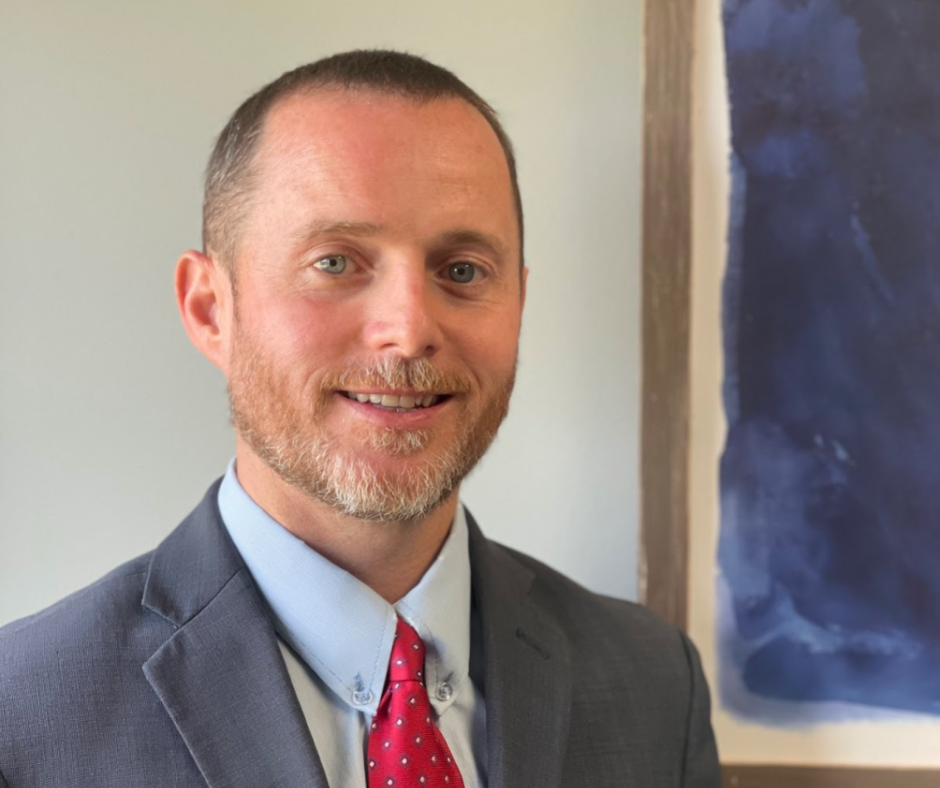Are you a lawyer who is looking for a new way to improve your marketing capabilities? In this engaging episode of the Maximum Lawyer Podcast, Jim and Tyson delve into the world of digital marketing with expert Julie Chanel where they discuss success in building sales funnels.
Watch the YouTube version of this episode HERE
Have you ever wondered what it takes to build a successful law practice? In this episode, Tyson takes a dive deep into the essentials of law firm growth and how to properly structure a firm for maximum efficiency.
The way a firm is set up can really determine how well it will succeed. Tyson shares the successful method of structuring a law firm using the pod model. The pod model is a team of 3 people which is led by an attorney. They are supported by a case manager and a litigation assistant. This model ensures every attorney has 2 dedicated team members to help with their caseload. A benefit of this structure and why it works so well is the ability to cross train amongst the case manager and litigation assistant. That way staff are skilled in a few different things if there is a need to backfill.
Tyson provides a few tips for law firm owners to use to make sure the pod model works well. Communication is a huge key to not only the success of the pod structure but managing teams as a whole. Scheduling regular team meetings within and outside pods is great to touch base on what is happening with cases. Another tip is the use of a communication tool like Clic or Slack to quickly reach other staff as a way to ensure people stay connected.
Listen in to learn more!
Episode Highlights:
- 1:11 The benefits of structuring law firms using the pod model
- 2:10 The distinct responsibilities of roles within the pod structure
- 3:11 The advantages of the pod team structure
- 5:55 Tips for successful team management
Resources:
- Join the Guild Membership
- Subscribe to the Maximum Lawyer YouTube Channel
- Follow us on Instagram
- Join the Facebook Group
- Follow the Facebook Page
- Follow us on LinkedIn
Transcripts: Staff Allocation for Case Management to Maximize Efficiency
Tyson (00:02.678)
Hey, it's Dyson. I'm back with another bite-sized episode that's gonna pack a punch. Yeah, I'm gonna change that.
Tyson (00:13.482)
Hey, it's Tyson. I'm back with another Saturday episode and this weekend we'll be talking about staff allocation for case management and how to put teams together that support your attorneys to maximize your firm's efficiency. Before I do that, I want to just talk a little bit about maximum or minimum time. If you've not yet gotten your hands on it, your time's running out. I'm just telling you you're I'm not going to tell you when but it's going to be very soon. We're going to
You pull in the plug on that. So we give it, it's something we give to all guild members, absolutely free. We're gonna give you stage one of it, absolutely free just for being a good listener. Just text us to, text stage one to 314-501-9260. That's stage one to 314-501-9260, and we will give that to you absolutely free. It's a roadmap that we've created that's gonna help you build the law firm.
of your dreams. All right. So this is interesting. So I'm going to talk about firm structure, but about an hour ago, I actually had a nice long hour-long video call with Ryan McKean, and we were discussing firm structures and a way to structure when it comes to compensation, a lot of different things. We talked about a lot of things over that hour. It was a really fantastic conversation. One of the things that we were talking about was…
the way to structure the firm. And he and I have both for a while been on the, I wouldn't say it's bandwagon, but on the approach, it's the correct approach of building pods and having pods run your cases. So I'm gonna talk a little bit about that and how we structure our pods. Because it's changed over time. We used to have much, the pods were much bigger and we were probably overstaffed, to be honest with you, when it comes to the pods.
We've moved our resources around, we've changed the way we've done things, and I'm going to go through that a little bit here. So let's get into it. All right, so the way we've really honed in our case management structure, we've done it to optimize our workflow. Each pod, so each attorney leads a team. We call them teams now, we used to call them pods, we now call them teams, but it's the same model. But each attorney leads a team that consists of both a case manager and litigation assistant.
Tyson (02:38.522)
And the setup, it ensures that every attorney has two dedicated team members that can help support their caseload. When it comes to the roles and responsibilities, we do differentiate those between the two. Obviously, their names are different, but as you might imagine, just by the names, litigation, assistance handle litigation tasks, case managers, they do venture into the litigation side as well. But the majority of theirs are, or of their roles are almost.
almost mostly focused on pre-litigation. But the case managers, really, their linchpin is client communication. They are there to make sure that the clients are getting the communication that they need. They handle a big part of the scheduling, not all of it, but they handle a big part of the scheduling, because we do, our receptionist takes on a big role of scheduling things, but they do case updates, most of the client communication.
and a lot of the things that keep the cases moving forward and they keep the momentum in the cases. Their role though is absolutely crucial in keeping clients updated and getting them the information that they need and then also getting information from clients. Litigation assistants on the other hand have very little client contact, if any at all sometimes. They take on the heavy lifting of drafting, dealing with service, doing legal research.
written discovery, it's invaluable in laying the groundwork for an effective case when it comes to the litigation side. So the case manager doesn't deal with all of that stuff unless they need to fill in, and that's one of the benefits of the pod structure is there is overlap. We do cross train on things so that people can fill in with each other. That's a big part of it. Another way of looking at this in a way is,
we've split up the traditional paralegal role into two roles, but by doing that, since the roles are so well-defined, that we're allowed to handle a larger caseload. So each team is able to handle more cases because people are working, their jobs are really, really focused, and that's a huge benefit of it. But let's talk about some of the other benefits of the structure. Because we've got it set up this way, a big part of it is cross-team support, and…
Tyson (05:06.41)
That means that a case manager for one team or litigation for one team, litigation assistant for one team, they can provide coverage for other teams. So if someone's gone on vacation, if they've lost a loved one, because we have, we have a very, very favorable bereavement policy at the firm where you lose a close loved one, you're off for 10 days. Okay. So there might be a situation without much notice, you know, people are going for 10 days.
and that's a long time, right? But because of this structure, you're able to have people fill in for each other, and that way the clients aren't just left without getting their questions answered, but the attorneys aren't left just trying to handle all the cases by themselves. It's a huge benefit. Another part of it is just the standardization of processes. Each team is structured to work the exact same way. That way you can move one case manager
over to another team without missing a step. That's a huge part of it, which we have had to do before. We've had to move people around because sometimes personalities, they don't work well with each other. And sometimes you have to move people around to make it fit. And that's one of the good parts about it is you've got each team, they're self-sufficient, they do their own stuff, but you can move people around to make it work better. Let me give you a few tips for making this work.
Clear communication is a big part of it. Having regular team meetings, so daily meetings, and if you need to have weekly meetings on top of that, you can do that as well, they're a little bit longer. But regular daily check-ins, super important. We also have click where people can communicate during office hours, it's another big part of it too. But the main thing is that daily huddles where the teams are meeting with each other to go over cases, big part of it. It allows us to make sure the cases are moving forward.
Utilize the technology I mentioned clicked before. Make sure that your case management software, it suits your team structure. So I'm not gonna, I mean, I've talked about, we use Filevine, but we also have Zoho. Just make sure whatever software you use, it can facilitate easy sharing of information and tracking the progress of your cases. Really, really important. Encourage collaboration. So you're gonna wanna foster an environment where the case managers and litigation assistants
Tyson (07:31.426)
They feel comfortable collaborating, and not just within their teams, but across the firm as well. You gotta make sure that people are sharing the knowledge and the experiences that they have. That way you can, this is gonna lead to a lot of innovative solutions, but you don't want a bunch of knowledge just stuck in one team. You wanna be able to spread that out. So you wanna make sure you collaborate. You encourage that collaboration. And then a couple other things. Make sure there is that continuous learning. So if you do have that team where
They hold a lot of knowledge and you're gonna have some lopsided teams sometimes where some have more experience than others. Make sure you have regular trainings that involve the case managers and the attorneys and the litigation assistants. That way everyone is up to date on latest processes, if there's any rules changes, all of that, they're all included. And then make sure you have a feedback loop where, you know, you establish a feedback loop where you're regularly asking for feedback from your teams.
on what's working, what's not working, what can be improved, and how to change case management, how to change case management systems, how to change workflows. Having that feedback loop is really gonna allow you to improve and then also propel you into the future. So structuring the way you handle cases is a big part of what we do. So I really want you to be thinking about how best to set up your team. I can tell you I'm…
I've tried it a few different ways. I've tried the departmental model. I've tried the pod model. I think the pod model is by far the best. So give it a try if it's something that you think you want to take on. As a reminder, if there is something you want me to cover on a Saturday show, just shoot me a text and I'll try to cover it. 314-501-9260. Keep those suggestions coming. They're always great and always welcome.
Until next week, remember that consistent action is the blueprint that turns your goals into reality. Take care, have a good week.
Guild Membership
Free Access to Stage 1 of Maximum Lawyer in Minimum Time
Sign Up Today!Customer Reviews
4.9 out of 5
Join Our Facebook Group
Enjoy Exclusive Access To Stage One Of The Maximum Lawyer In Minimum Time Course
Privacy Policy
This privacy policy has been compiled to better serve those who are concerned with how their ‘Personally Identifiable Information’ (PII) is being used online. PII, as described in US privacy law and information security, is information that can be used on its own or with other information to identify, contact, or locate a single person, or to identify an individual in context.
Please read our privacy policy carefully to get a clear understanding of how we collect, use, protect or otherwise handle your Personally Identifiable Information in accordance with our website.
What personal information do we collect from the people that visit our blog, website or app?
When ordering or registering on our site, as appropriate, you may be asked to enter your name, email address or other details to help you with your experience.
When do we collect information?
We collect information from you when you register on our site, place an order, subscribe to a newsletter, Use Live Chat, Open a Support Ticket or enter information on our site.
How do we use your information?
We may use the information we collect from you when you register, make a purchase, sign up for our newsletter, respond to a survey or marketing communication, surf the website, or use certain other site features in the following ways:
- To personalize your experience and to allow us to deliver the type of content and product offerings in which you are most interested.
- To improve our website in order to better serve you.
- To allow us to better service you in responding to your customer service requests.
- To quickly process your transactions.
- To send periodic emails regarding your order or other products and services.
- To follow up with them after correspondence (live chat, email or phone inquiries)




